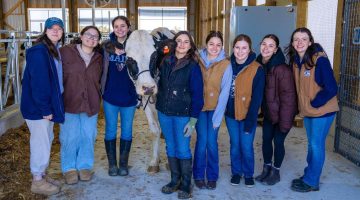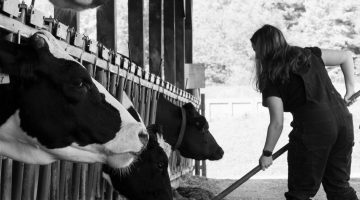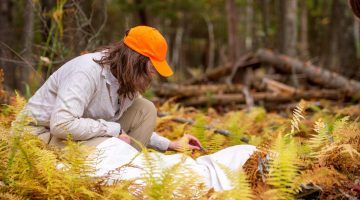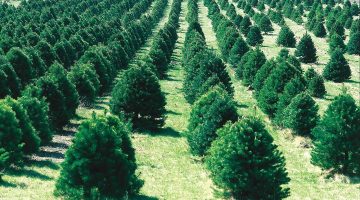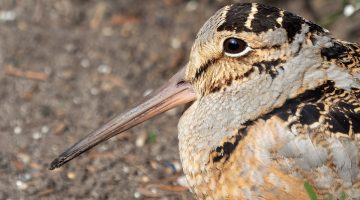UMaine research examines best methods for growing Atlantic sea scallops
A new study from the University of Maine’s Aquaculture Research Institute (ARI) and Darling Marine Center is helping to refine best practices for growing Atlantic sea scallops (Placopecten magellanicus), a species of increasing interest to Maine’s aquaculture sector. Published in the academic journal Aquaculture, the research compares two scallop farming methods, ear-hanging and lantern net […]
Read more

